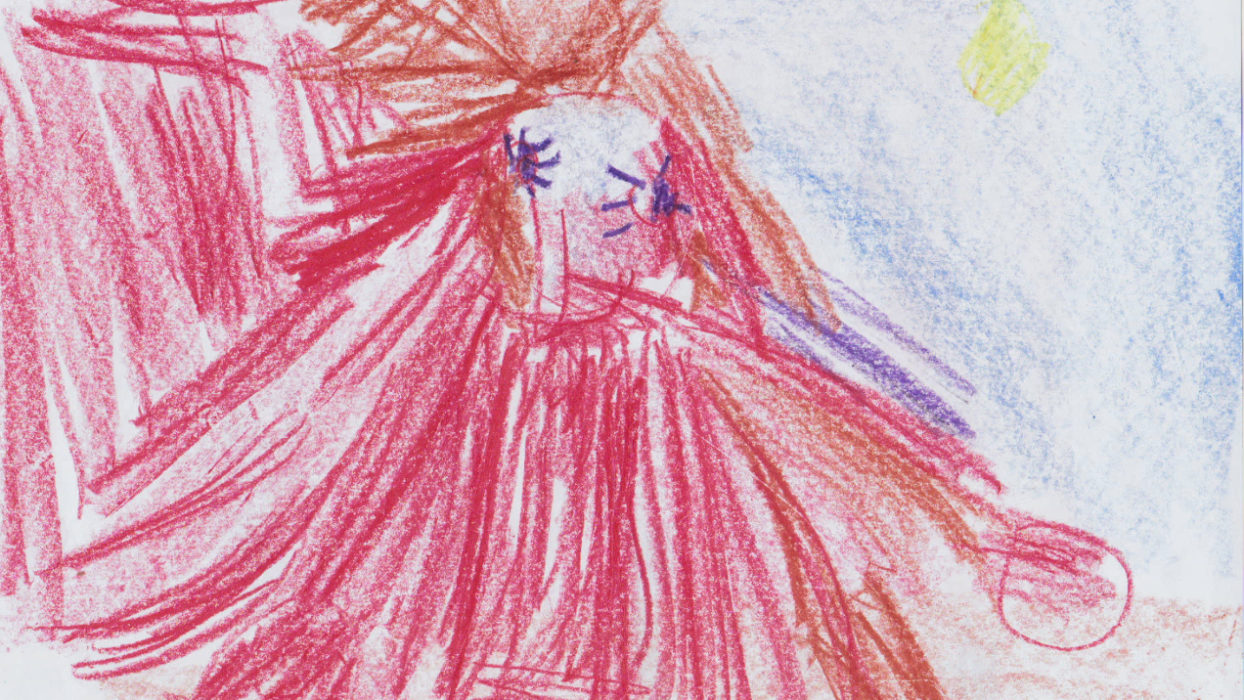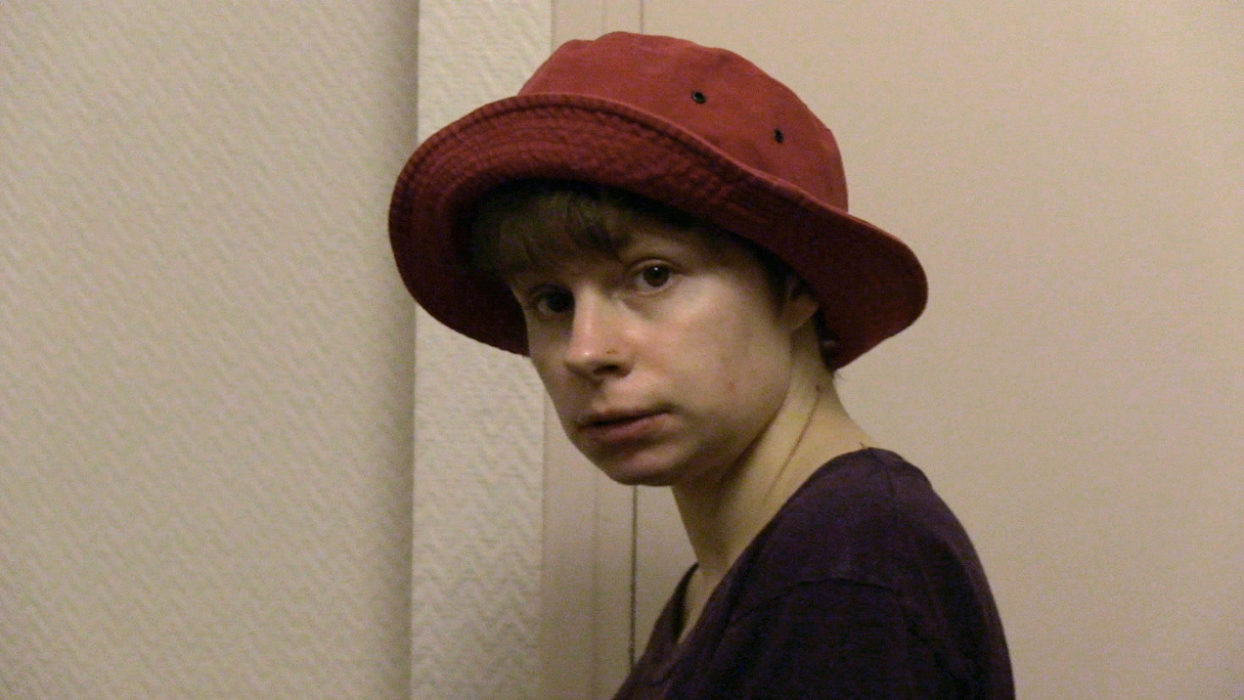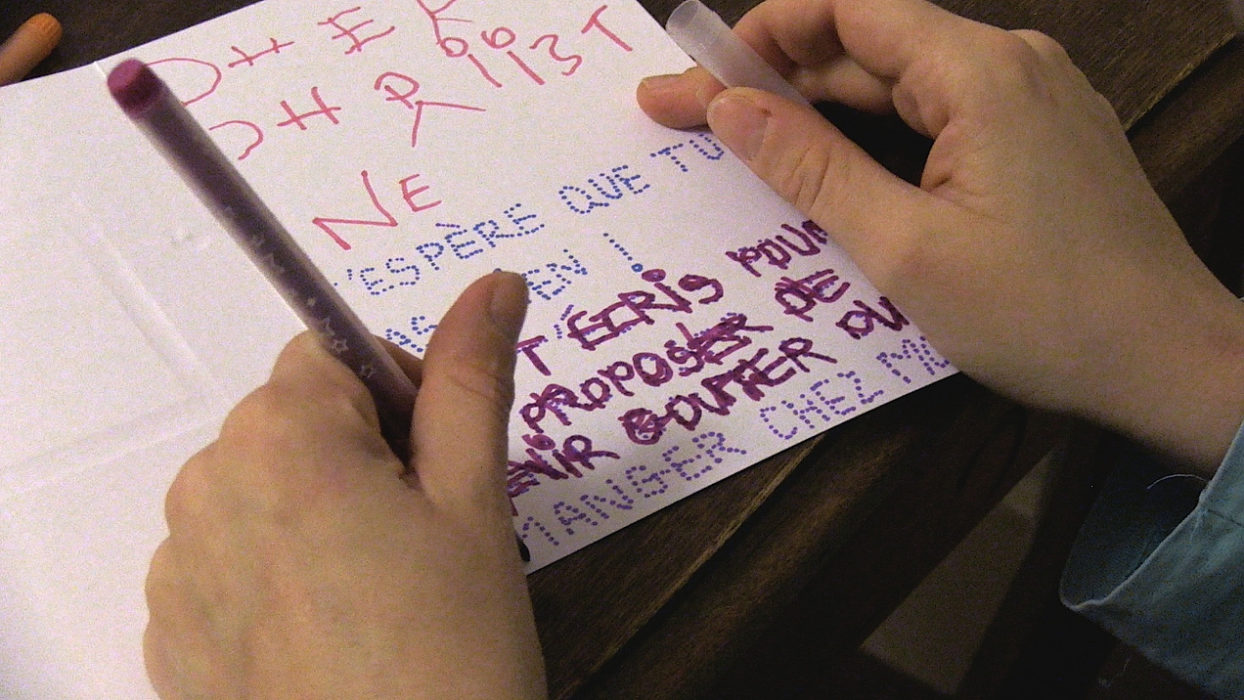L’Amie d’Amélie
Amélie's Friend
- 2015
- France
- 40 minutes
- French
INMATES AWARD
Opening the film with her own voice-over and an excerpt from a home movie, Clémence Diard first introduces a sort of red herring: she takes over her father’s home movies and also seems to substitute her eyes for his. On a more prosaic level, she is getting ready to replace her mother, who lives on the same landing as her disabled sister, Amélie, but who will be away for a few days. If these substitutions for her parents are illusory, it is because Amélie prevents her younger sister from playing either of these roles. Amélie’s sole subject of conversation with Clémence, who is staying the week in the mother’s flat, is Christine. Even the cakes she serves her sister are a “rehearsal for when I invite Christine home”… This obsession with the unseen character who gives the film its title is not just a symptom, as we are momentarily led to believe: while the two opposite flats and the filming clearly convey Amélie’s feeling of isolation, the filmmaker also palpably translates the respectful relationship that her mother and herself have managed to develop with the sister whose “disability [Clémence] could not forgive” when she was a child. Underlying this double-sided portrait (we hear the sisters talking off camera, but also Amélie referring to the film as her own project), the communicative joy of getting ready for the friend reveals the naked truth of everyone’s deep desire to forge ties. (Charlotte Garson)
- Editing : Clémence Diard
- Sound : Clémence Diard
- Photography : Clémence Diard
- Production / Print source : La Fémis






